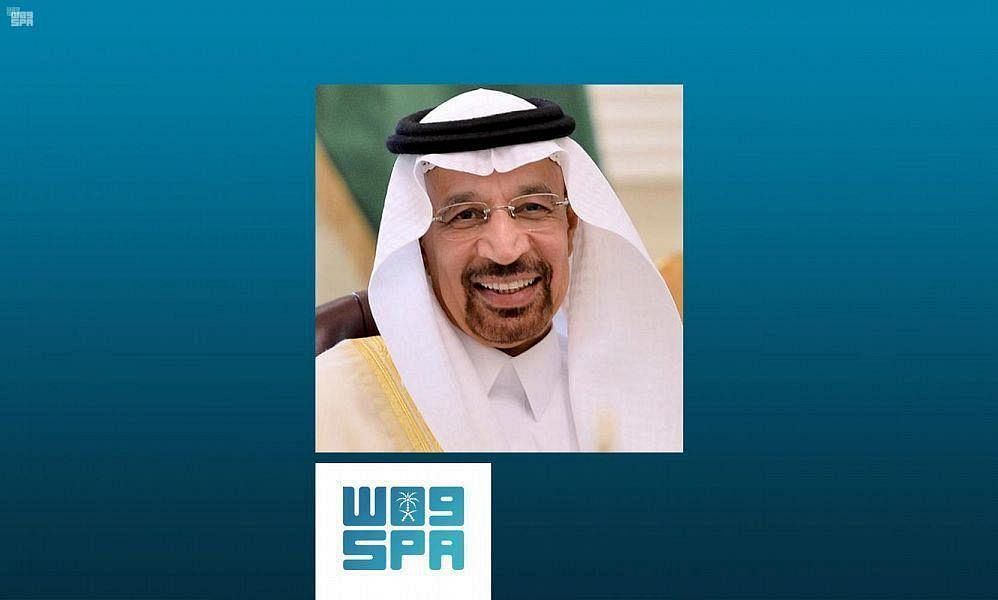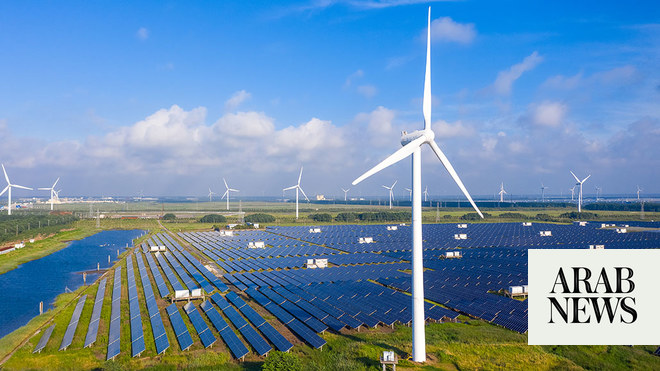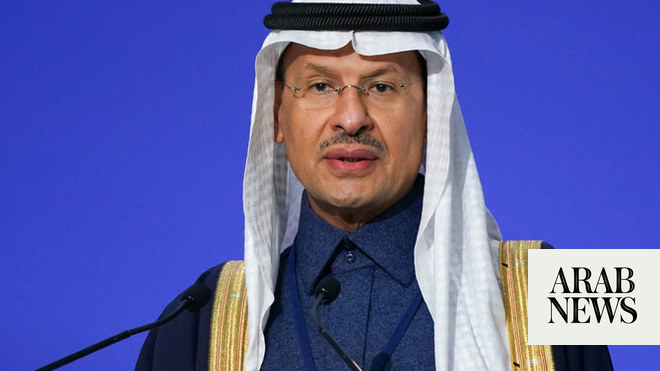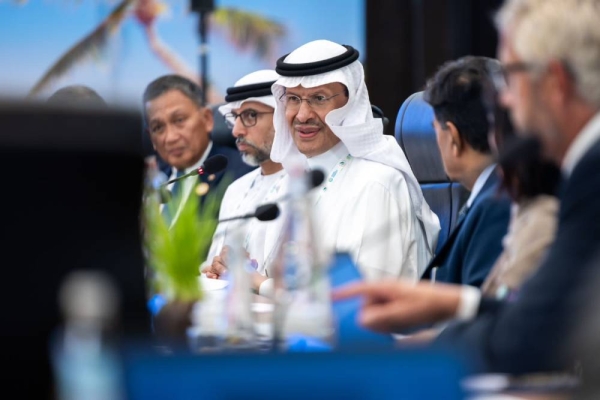
Hydrogen’s intrinsic characteristics make it a versatile energy carrier and a potential substitute for fossil fuels
Saudi Arabia’s NEOM is building one of the biggest green hydrogen production facilities in the world
DUBAI: As world leaders convene in Glasgow for the COP26 summit, the untapped potential of hydrogen among other alternative energy sources has occupied the attention of experts and delegates who have descended on the Scottish city to explore ways to mitigate climate change.
Hydrogen fuel has become a viable contender for energy transition as heat-trapping greenhouse-gas emissions continue to increase despite the goal set by the Paris Agreement to limit global warming to well below 2 degrees Celsius and to pursue efforts to limit it to 1.5 degrees Celsius.
According to a joint report by consultancy Roland Berger and the international industry network Dii Desert Energy titled “The Potential for Green Hydrogen in the GCC Region,” hydrogen’s intrinsic characteristics make it a clean and versatile energy carrier, with the potential to become the new oil or natural gas.
Hydrogen gas can be used to store energy for long periods of time, in large tanks or in salt caverns. And, according to engineering firm Geostock, some GCC countries have the ideal geological conditions to allow for large-scale underground storage facilities inside rock formations, which could serve as a buffer for varying seasonal demand.
In any case, thanks to their vast empty spaces, strong regular sunshine and, in some places, powerful winds, the GCC states are well positioned to develop low-cost, large-scale renewable energy projects.
Last year, IHS Markit predicted that the price of “green hydrogen” in GCC countries would be competitive with “blue hydrogen” by 2025 and with “grey hydrogen” by 2030.
“This is a CO2-free energy source,” Heinz Sturm, a civil engineer and expert on hydrogen and fuel cells, told Arab News. “I see Saudi Arabia and the UAE as very important suppliers for worldwide green hydrogen supply, especially for countries in the EU.”
Hydrogen is derived through water electrolysis, which uses electricity to split water molecules into oxygen and hydrogen. Green hydrogen is produced using renewable energy sources such as solar and wind to drive the chemical reaction, without emitting carbon byproducts.
“The problem is it’s too expensive and it needs wind or solar, which is a huge problem for developing countries,” said Sturm, who regularly advises governments and the UN on hydrogen and the circular economy, climate change and clean energy.












